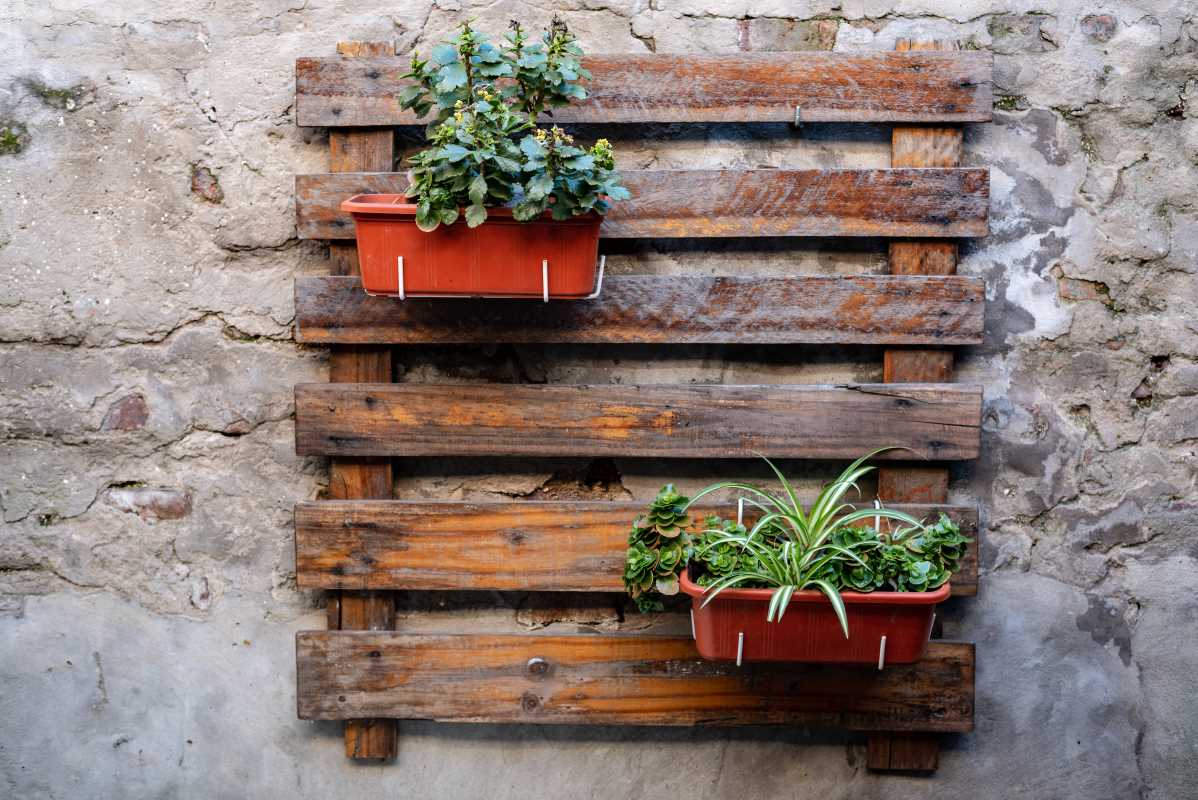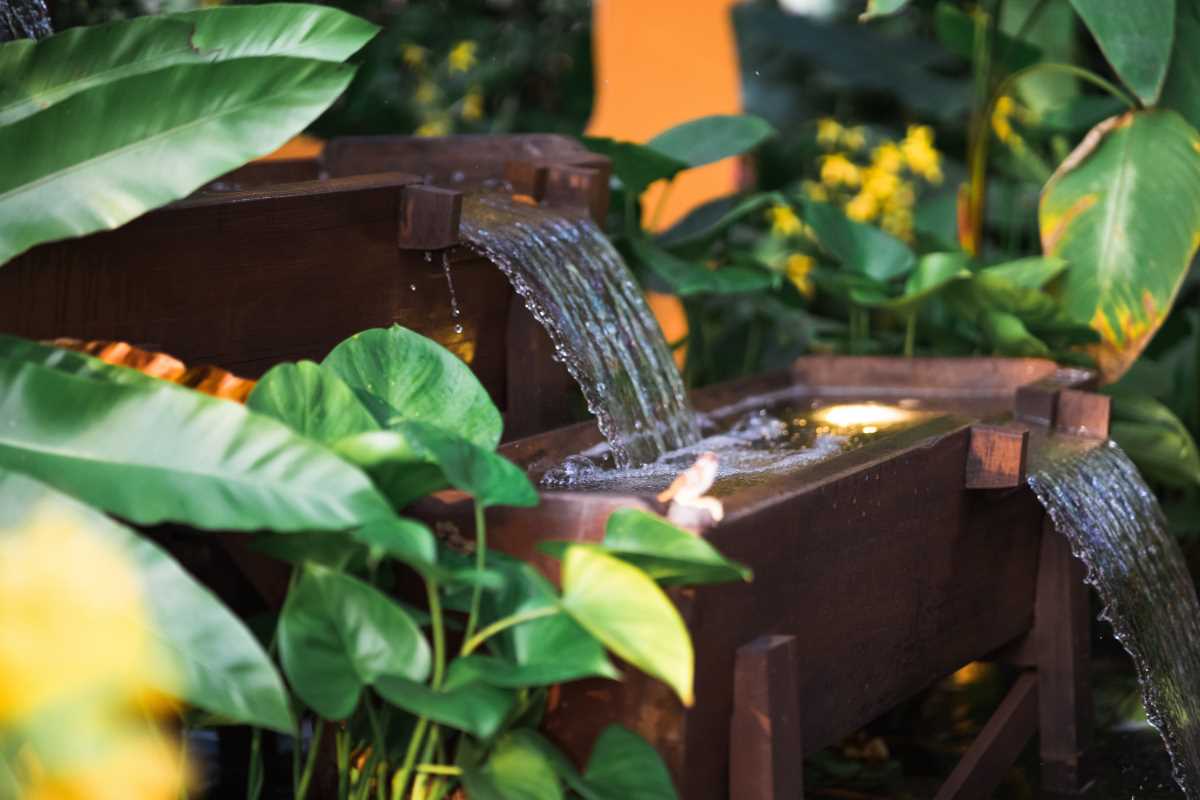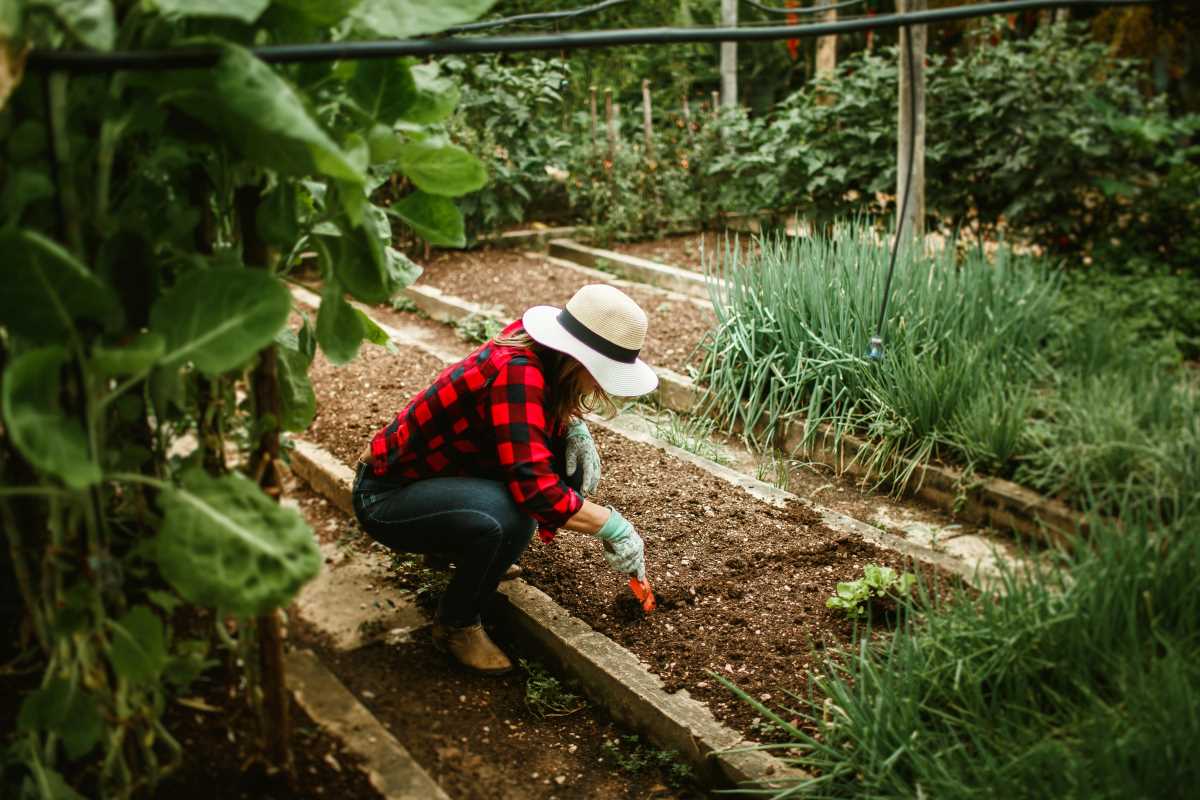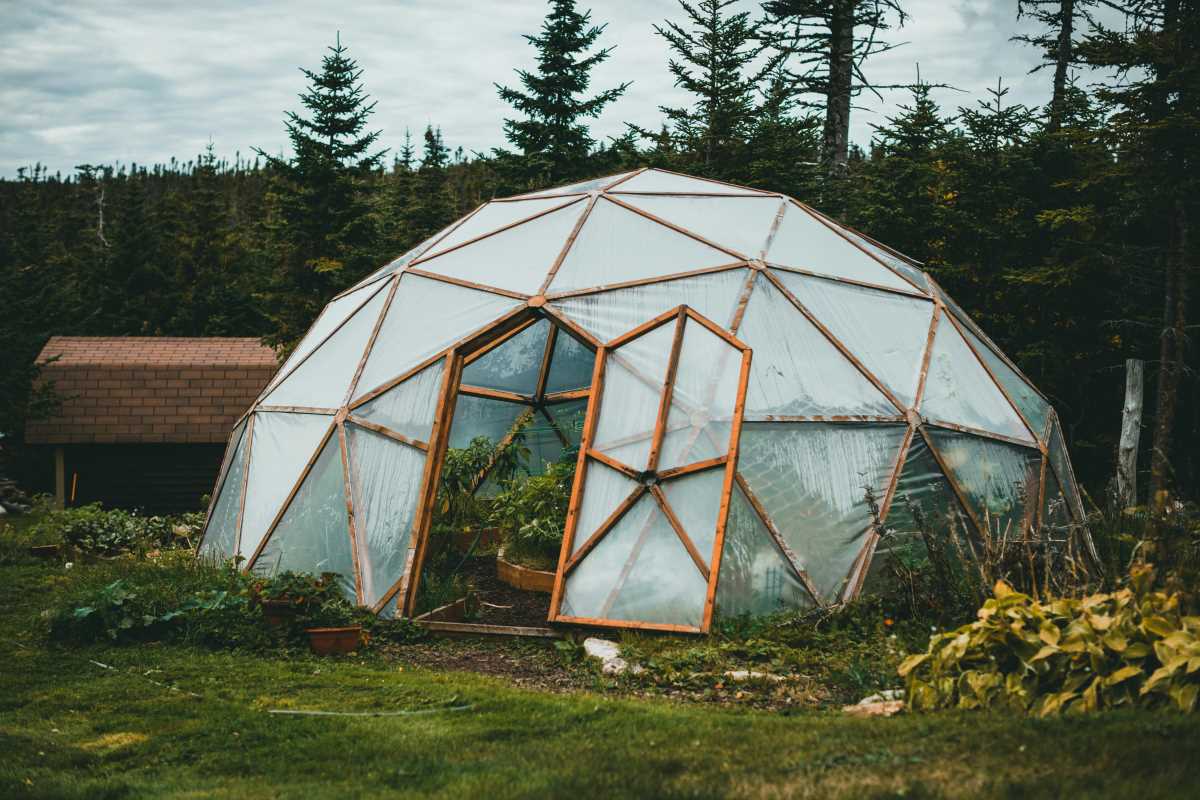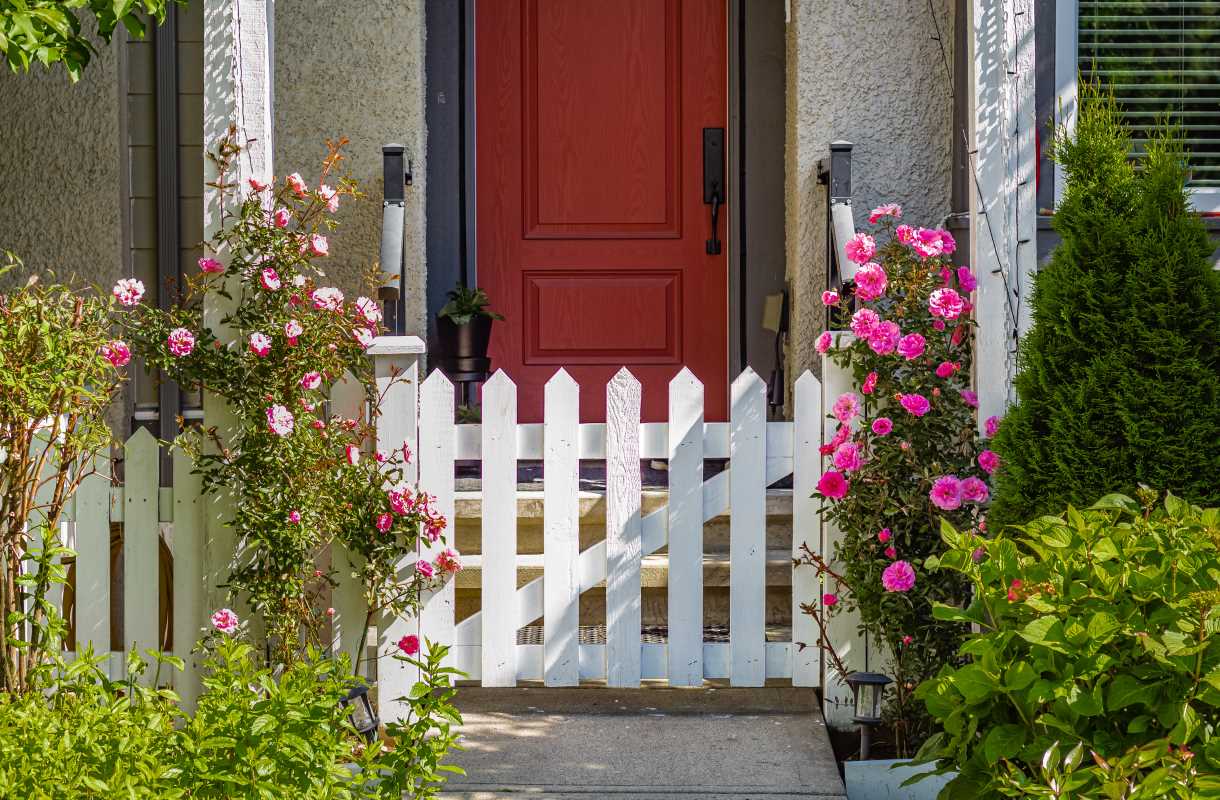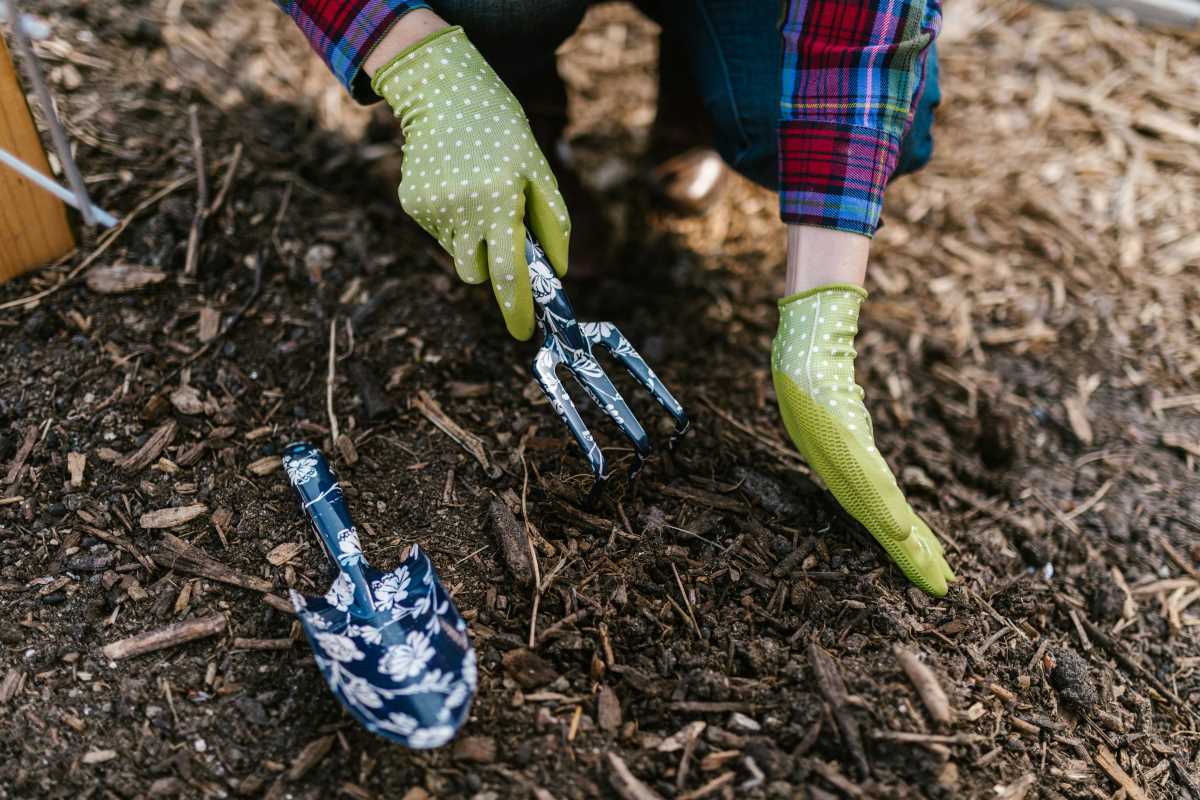Sunlight pours onto your small balcony, where lush greenery climbs up the wall to create a refreshing outdoor escape. Limited space does not have to mean missing out on the calming presence of plants. A DIY vertical garden offers a simple and enjoyable way to add nature to your living area, no matter how compact it may be. Even without previous gardening experience, you can build a vibrant vertical display that brings color and life to your home. This hands-on project invites creativity and rewards you with an inviting spot to relax and unwind after a busy day.
This project is ideal if you want to brighten your outdoor area without spending too much. It brings vibrant colors, fresh air, and a touch of creativity to any tiny patio or balcony. With a few simple materials and a bit of effort, you can create your own refreshing oasis right at home.
Advantages of a Vertical Garden for Small Spaces
A vertical garden is not just a decorative element – it offers many advantages to those with limited garden or patio space. When you cultivate a vertical garden, you make the most of every inch, turning dull walls into living canvases that refresh your space.
Here are some key benefits:
- Maximizes limited space by growing upward instead of outward
- Improves air quality and creates a natural atmosphere
- Adds beauty and a sense of vibrancy to small areas
- Helps insulate your home by providing a natural barrier
- Provides a fun, hands-on project that can lift your mood
Materials and Tools You Need
Before you start, gather all the necessary supplies. This way, you can enjoy the process without interruptions. You don’t need many specialized tools to build a vertical garden – many items are available at your local hardware or garden center.
Make sure you have the following items ready:
- Planters or recycled containers (old shoe organizers work well)
- Sturdy support structure such as a shelf or wooden frame
- Potting soil and compost mix
- Watering can or hose with a gentle spray
- Basic tools like a drill, screws, and a level
- Optional: a small ladder for reaching high spots
Step-by-Step Guide to Build Your Vertical Garden
Follow these clear, simple steps to create your very own vertical garden. Each step aims to keep the project manageable and straightforward, even for beginners.
Use the numbered instructions below:
- Plan Your Layout: Measure your balcony or patio space to decide how large your garden will be. Think about where to place your planters and how much sunlight each area gets.
- Choose a Support Structure: Pick a wall-mounted shelf, a ladder, or build your own wooden frame. Make sure it is secure and can support the weight of soil and plants. Keep the look simple and practical.
- Prepare Your Containers: If you use recycled items, clean them thoroughly. Drill small drainage holes if necessary to prevent water from pooling. This step prevents plant rot.
- Add Potting Soil: Fill each container with a mix of potting soil and compost. This gives your plants the best start by providing essential nutrients.
- Install the Support: Securely attach the frame or support structure to your wall or balcony railing. Use appropriate fasteners and check stability. Use a level to keep everything even.
- Arrange Your Planters: Once the support structure is in place, attach the containers in your desired layout. Mix different sizes and colors to create visual interest.
- Water and Monitor: After planting, give your garden a good watering. Check regularly to ensure each planter stays moist but not waterlogged. Adjust the watering frequency based on your climate and sun exposure.
Now you have built a structure that supports plants and transforms your small balcony into a green retreat. Enjoy the process, and feel free to adjust the steps to match your space or style.
By following each step, you build confidence in your DIY skills, and the final result is both functional and charming.
The Best Plants for Your Vertical Garden
When choosing plants, focus on species that grow well in limited soil and sunlight. Depending on your climate, select varieties that thrive in containers. Plants with compact growth habits can make your vertical garden lush and attractive.
Consider succulents, herbs, and small flowering plants. Many herbs benefit from vertical placement and require little maintenance. For example, you might pick basil, mint, or even some Rosemary for a delicate scent. Remember that thoughtful plant placement improves both looks and plant health.
Tips for Caring for Your Vertical Garden
A well-maintained vertical garden needs regular attention. Keeping maintenance simple ensures your green wall continues to flourish throughout the growing season. Consistent care not only boosts plant health but also keeps your outdoor space inviting.
Try these practical tips to stay on top of your garden care:
- Water your plants early in the morning to reduce evaporation and fungal growth
- Inspect for pests regularly; a quick treatment can prevent further damage
- Trim plants as needed to encourage healthier growth and prevent overcrowding
- Replace soil or add organic matter at the start of each season to restore nutrients
- Check the stability of your support structure periodically, ensuring each connector stays secure
These maintenance tips not only simplify your routine but also help you enjoy ongoing progress in your living space.
If you notice that one plant isn’t thriving, swap it for another variety better suited to your balcony’s light and temperature. Adjusting your care routine makes a big difference over time.
This project demonstrates that even small spaces can turn into lively retreats with a little creativity and effort. Begin with a few simple steps, and soon you will enjoy your own green haven that adds a personal touch to any small area.
Try a vertical garden and enjoy the fresh touch of nature it brings to your space.
